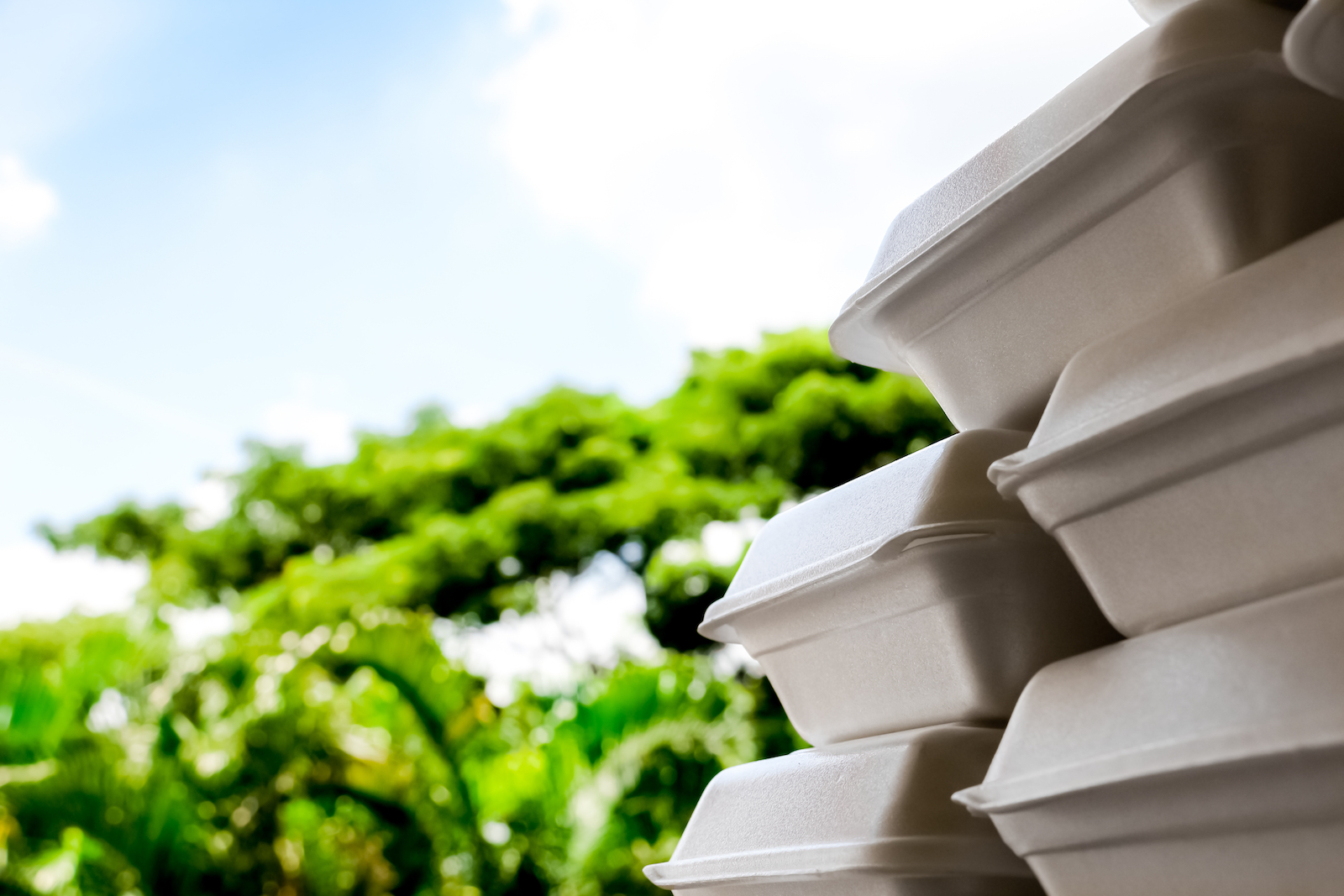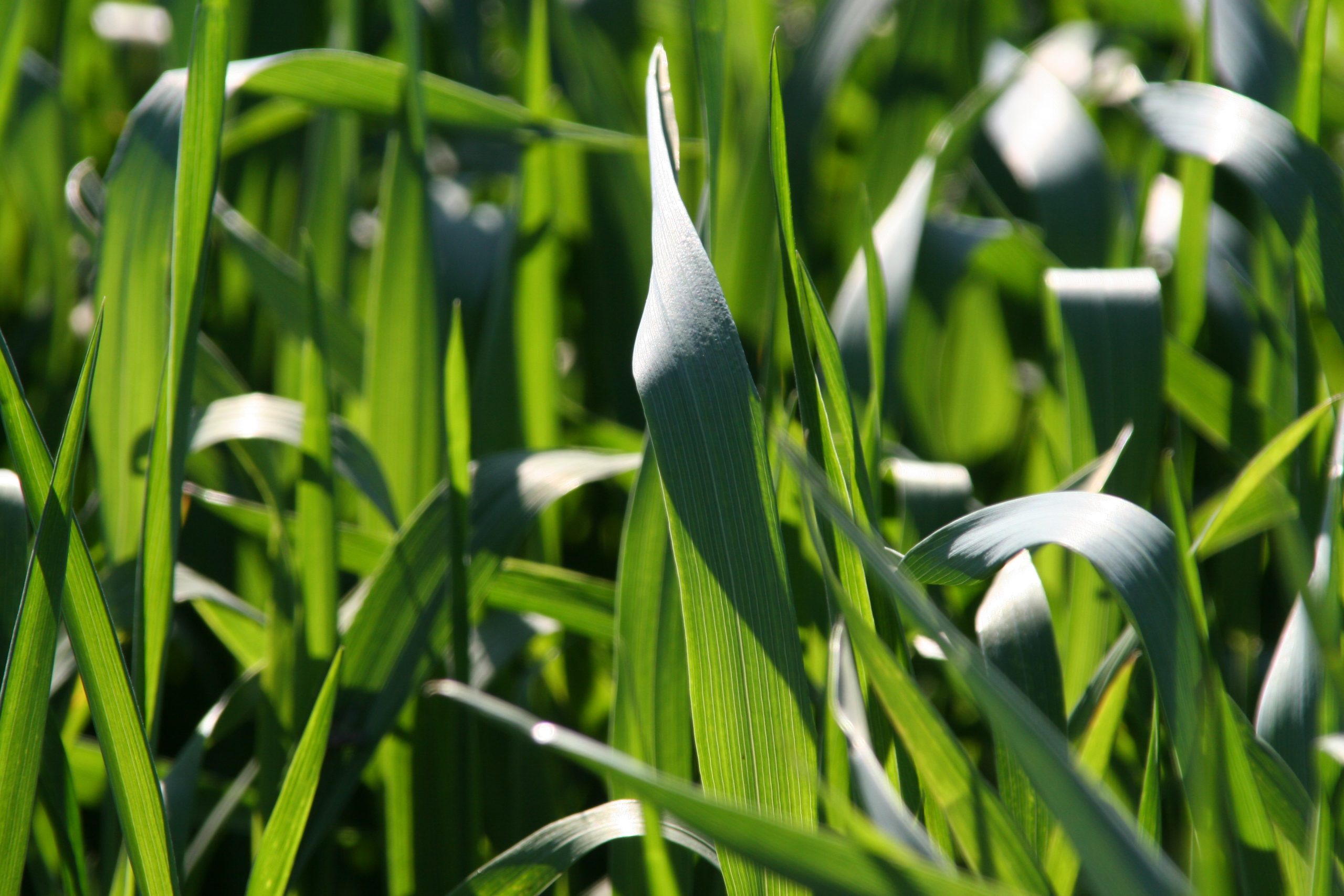As consumers’ interest in green ethics grows worldwide, marketeers have found a new way to exploit this recent trend by trying to make people believe they can continue consuming the way they do without impacting the environment, as long as its ‘eco-friendly’. Greenwashing, as it’s known, is becoming more and more prevalent across the globe, further increased by a lack of industry regulations making it unclear which claims are allowed to make and which aren’t.

Styrofoam Packaging
Not only do companies use greenwashing when it comes to their products, but false claims are also often made about how green their packaging is. For example, many people are led to believe that “biodegradable” and “eco-friendly” packaging means that it’s okay to use these without any further thought. Nowadays, there are so many of these terms out there that it can be pretty confusing to know what they all mean. For instance, what does eco-friendly packaging actually mean? The same can be asked about sustainable or green packaging. Maybe this means they’re made out of materials that are compostable, degradable or biodegradable. This could also mean they might be recyclable or reusable, or made out of bioplastics. Without properly understanding each term, consumers can find themselves overwhelmed or confused. So, let’s try to break this down by taking a closer look at each term.
Compostable packaging
This type of packaging is made from natural sources, such as sugar cane or cassava. However, in order for it to actually turn into compost, it needs to meet the right conditions, like a home compost or an industrial composter for example. If compostable packaging ends up in a landfill or in the natural environment, it won´t turn into compost, and could last for decades. Also, it isn’t possible to send this packaging to a recycling facility because there it has potential to contaminate the recycling stream.
Degradable packaging
This simply means that it breaks down into smaller pieces. Traditional plastics are degradable, so this doesn’t mean much. Plastic that degrades simply ends up as microplastics, which pose a major threat to our natural world.
Biodegradable packaging.
This means it will break down into components found in nature. Some biodegradables are made from plant sources, while others are petroleum-based. Biodegradables can also turn into microplastics, which regularly harm the environment. This term is very misleading because it raises the belief that such items can be thrown out and all will be fine.
Recyclable packaging
This type of packaging is made out of materials that can be recycled, such as cardboard, glass and aluminium. This simply means that it can be recycled, not necessarily that it will be.
Reusable packaging
Such packaging is designed to be reused, being made from durable materials. Some examples include beer bottles within a DRS (deposit return scheme), and gas cylinders.
Bioplastics

Corn Stalks
There are two types of bioplastics: PLA (polylactic acid) and PHA (polyhydroxyalkanoate). PLA plastics consist of plant sugars, usually from corn, while PHA plastics use microbes that produce plastics as waste. Although this sounds great in theory, because they are not petroleum-based, the truth is that they require a lot of resource to be produced. Also, they can’t be recycled (see compostable packaging).
But how about using no packaging at all?
We have become so used to everything we buy being wrapped in some sort of bag or container, that sometimes we forget that packaging often isn’t even necessary, such as in the case of bananas. So why not choose items without packaging if it’s not actually needed? Alternatively, if packaging is required, it’s easy to bring a reusable bag or container. For example, a bread bag can be used when buying fresh loaves, and reusable produce bags for fruits and veggies are a great alternative. Another option is buying at bulk or refill shops, where bringing in reusable jars and containers is not only allowed, but usually encouraged. There are even companies nowadays that offer refill services, and package free options for cosmetics and health products.
Sure, in some instances, there’s simply no way around certain packaging. However, trying to find other uses for such packaging and giving it as many lives as possible, prolongs its trip to the landfill and cuts down on waste. A little creativity and outside the box thinking not only makes this achievable, but it’s also quite fun. As consumers, we have a choice, and we can make our voices heard through our spending habits. By spending money with companies that truly make a difference, rather than those who are obviously greenwashing, a powerful statement can be made. So, I encourage you to celebrate Plastic Free July 2020 by choosing one more way to minimise packaging waste in your daily life and turn that into a habit for the future. Green shopping or greenwashing – the choice is yours.
PLEASE CONSIDER A DONATION TO SUPPORT OUR EFFORTS TO END PLASTIC POLLUTION

Trackback: blackhat seo hidden links
Trackback: Pichler Tischdecken reduziert
Trackback: ปั้มไลค์
Trackback: baixar snaptube no site seguro
Trackback: เว็บปั้มติดตาม